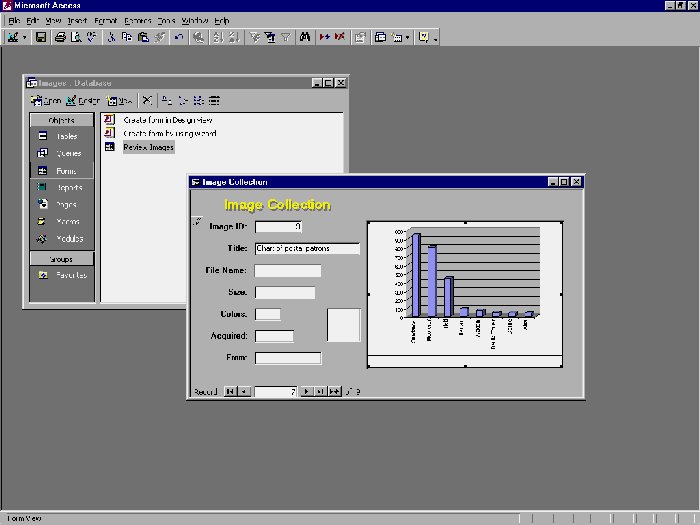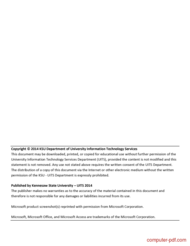

The data submitted in the form is used in a database query, which draws its data from relevant tables. A well-designed query can give information you might not be able to find just by looking through the data in your tables.Ī search for a book. While a search would be able to help you find the name of one customer at your business, you could run a query to find the name and phone number of every customer who's made a purchase within the past week. Queries are far more powerful than the simple searches you might carry out within a table. When you build a query in Access, you are defining specific search conditions to find exactly the data you want. Running a query is like asking a detailed question of your database. Queries are a way of searching for and compiling data from one or more tables. All in all, forms help keep data consistent and organized, which is essential for an accurate and powerful database. Database designers can even set restrictions on individual form components to ensure all of the needed data is entered in the correct format. However, with forms it's possible to enter data into multiple tables at once, all in one place. Working with extensive tables can be confusing, and when you have connected tables you might need to work with more than one at a time to enter a set of data. When you enter information into a form in Access, the data goes exactly where the database designer wants it to go: in one or more related tables.įorms make entering data easier. The reason forms are used so often is that they're an easy way to guide people toward entering data correctly. You likely have had to fill out forms on many occasions, like when visiting a doctor's office, applying for a job, or registering for school. Formsįorms are used for entering, modifying, and viewing records. Each of these objects interacts with the records stored in your database's tables.

If you decided to add any more information-say, a customer's birthday-you would simply create a new field within the same table.Īlthough tables store all of your data, the other three objects- forms, queries, and reports-offer you ways to work with it.

Each customer would be represented by a unique record, and each type of information about these customers would be stored in its own field. Because these pieces of information are all details on your customers, you’d include them all in the same table. Let's say you own a bakery and have a database that includes a table with your customers' names and information, like their phone numbers, home addresses, and email addresses. Tables are good for storing closely related information.


 0 kommentar(er)
0 kommentar(er)
